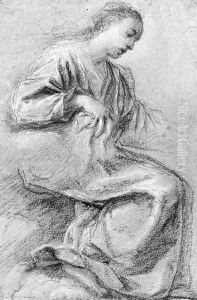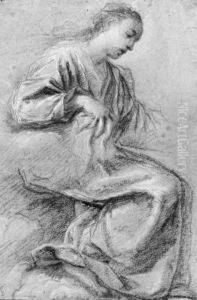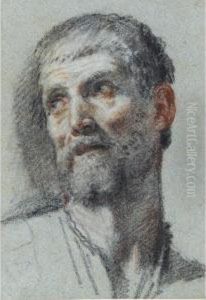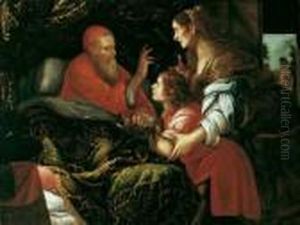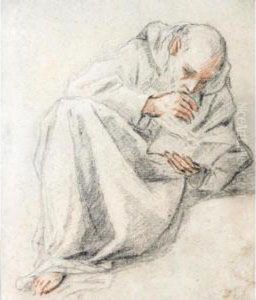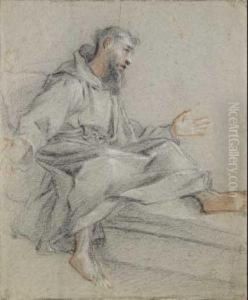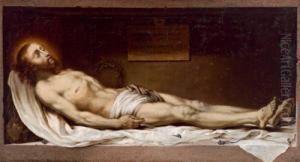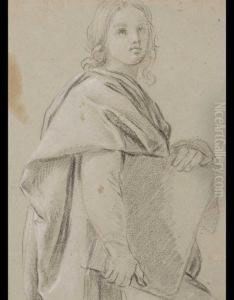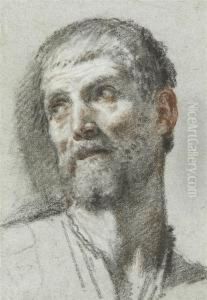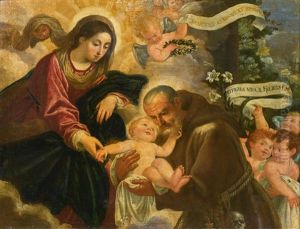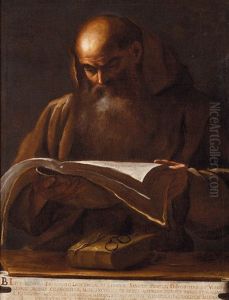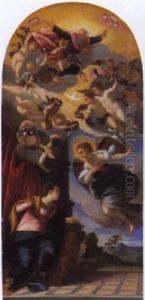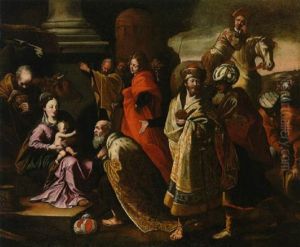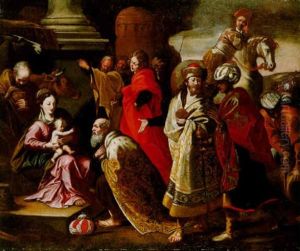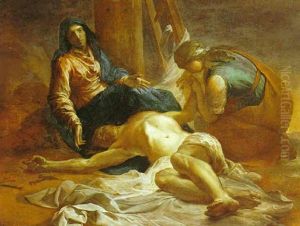Fra Semplice Da Verona Paintings
Fra Semplice da Verona, born in 1589 in Verona, Italy, was a Capuchin friar and painter whose artistic career flourished in the early Baroque period. Although not as widely recognized as some of his contemporaries, Fra Semplice contributed to the artistic landscape of his time with a distinctive style that combined religious devotion with artistic expression.
As a member of the Capuchin order, a branch of the Franciscan friars, Fra Semplice's life was one of austerity and piety. This spiritual dedication profoundly influenced his work. His paintings often featured religious subjects, with a particular emphasis on scenes from the life of Christ, the Virgin Mary, and the saints. Fra Semplice's style was characterized by a sense of humility and simplicity, aligning with the values of his religious order.
Despite his commitment to the Capuchin way of life, Fra Semplice was able to pursue his artistic talents. He studied under various local artists in Verona, where he learned the fundamentals of painting and developed his technique. His art was marked by a use of warm colors and an attention to detail that brought his religious subjects to life in a manner that was both accessible and emotionally resonant for viewers of his time.
Throughout his career, Fra Semplice's work was primarily commissioned by the church and by religious orders, which used his paintings to decorate their churches and monasteries. His contributions to religious art were appreciated during his lifetime, and he was known to have a modest but significant impact on the artistic community in Verona.
Fra Semplice da Verona passed away in 1654. While he may not have achieved the fame of some of his peers, his work remains a testament to the intersection of faith and art in the Baroque era. His paintings continue to be studied by art historians and can be found in various collections, where they are valued for their quiet beauty and devotional spirit.
